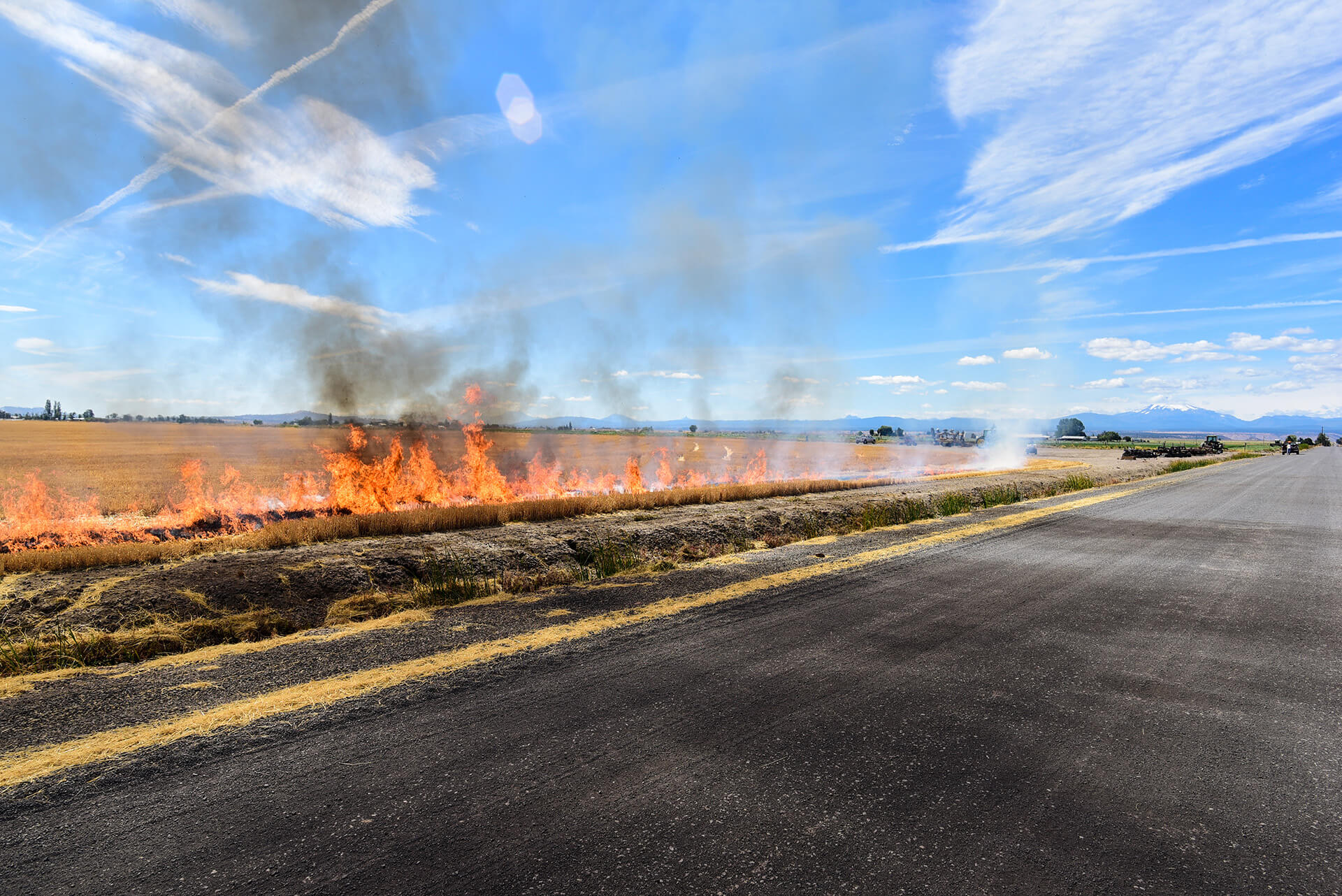The Forestlines® is the end product of years of study into the fire behavior of untreated woods.
A revolutionary, circular system that is the very first in the world to bring untreated wood as the most ecological raw material to fire reaction class B in END USE.
So how exactly does this revolution work?
We would like to list some details:
In reality, 'non-combustible strips' are already regularly used to slow down a fire. Just think of the non-combustible strips that people draw in the woods to contain forest fires.
The Forestlines® uses non-combustible strips between the combustible wood in order to greatly reduce the spread of the fire.

To limit the heat released, it was a logical step to lower the potentially flammable surface. If the entire facade cladding burns, less heat will be released.
If you opt for an aluminum width of 30mm, you will soon have a reduction of +- 30%.
Wood is a very good insulator, just think of the wooden handles of the old screwdrivers.
Aluminum, on the other hand, is a superconductor, in the world it is the fourth best conductor in the world.
The aluminum has been developed in such a way that it extracts the heat from the wood and distributes it over a (much) larger surface.
Where the aluminum does not come into direct contact with the fire, it will even be able to cool.
The facade can absorb much more heat before it ignites.

Although a fire test is about 800 degrees and aluminum melts at 660 degrees, you see that this hardly ever happens in the Forestlines.
By choosing the right width, the heat will glow over the wood as aerodynamics and will have less direct contact with the aluminum.
The Forestlines® has been developed in such a way that each wooden profile is linked to an aluminum profile. These aluminum profiles not only work as a connector, but also as a stabilizer.
Each intelligent aluminum extrusion profile optimally absorbs the effect (shrinkage and expansion) of the coupled wooden plank.
In this way you can suddenly introduce many more types of wood in a project than in the other facade systems.
We are the absolute top in terms of fire technology, but we also want to be unparalleled in terms of construction.
By putting a screw in the aluminum (straight) and wood (slanted), you absorb much more forces.
In addition, we have left space in our aluminum profile so that the wood can and may always split at the screw.
By inserting the screw on one side of the wood, the action of the wood will always take place on one side.
The planks can warp much less and you will therefore always keep the clean lines.
There are still many big and small things that have a major impact on fire safety.
Obviously we cannot explain them all here.